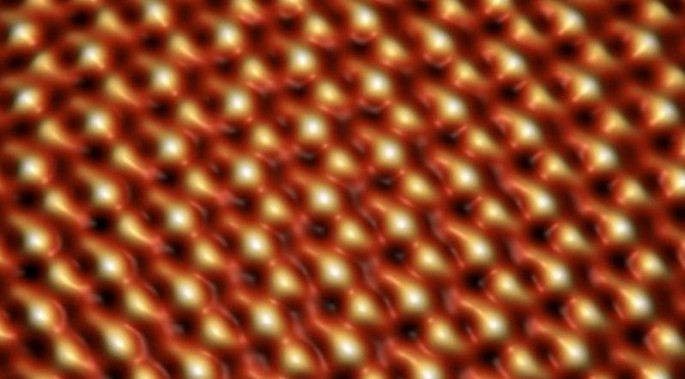The incredible material called graphene has ignited what's being called the "Graphene Revolution" that will see the development of super energy efficient gadgets and devices that recharge in a flash, among others.
But then there's its mostly unknown and probably far superior rival called "silicene."
Researchers from the University of Texas' Cockrell School of Engineering have just developed the first transistor made from silicene, said Extreme Tech. Silicene is recognized as an extremely difficult material to work with, and the development of a transistor made from the material so quickly is astonishing since silicene was only proven to exist in 2010.
"Nobody could have expected that in such a short time, something that didn't exist could make a transistor," said Guy Le Lay, a materials scientist at Aix-Marseille University in France. "Now that a device has been made, other scientists will see it is not a dream material, it is a practical thing."
Researchers revealed the details of the first silicene transistor, saying it lasted only a few minutes. Despite this modest performance, the development of the silicene transistor is a proof of concept that has excited the scientific community.
Perhaps the most serious drawback for graphene is that it can't be used to make transistors, the devices that make today's electronics possible.
"For logic applications, graphene is hopeless," said Le Lay.
On the other hand, silicene, a two-dimensional form of silicon one atom thin, has electrical properties that show its extraordinary potential in powering the next generation of computer chips, said Gizmag.
Computer engineer Deji Akinwande from the University of Texas at Austin suggests silicene could soon become a production material used by the semiconductor industry. He believes using silicene will make computer chips dramatically faster, smaller, and more efficient.
The name silicene was coined only in 2007. In 2012, saw the first production of silicene sheets formed on silver.



























